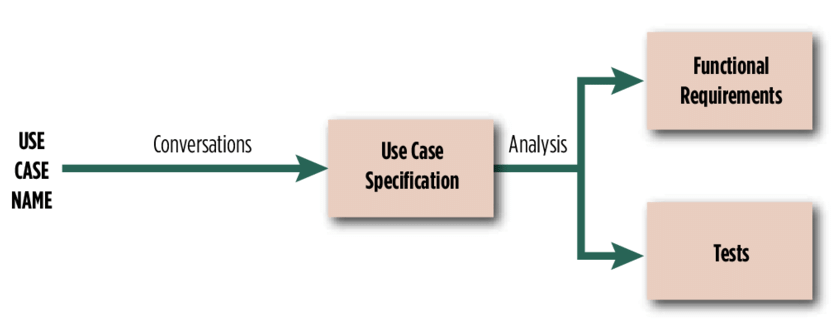Agile Use Case
What is a Use case?
A use case summarizes the actions or steps that define how a system interacts with a role to achieve a specific goal. The actor can be either a human or an external system.
Why do we use "Use cases"?
A use case's purpose is to outline the steps involved in a process, either from the system's or the user's perspective. Each use case typically includes a Title, Description, Basic Flow, Alternate Flow, Pre-conditions, Negative Flows, and Post-conditions. Process flows can be used to visually represent the steps in the use case.

How Use Cases are used in Agile-Scrum process?
- Use cases help identify the beginning and end of a process, as well as various scenarios that may occur within that process.
- From these use cases, a process can be created to visually represent the steps and flow involved.
- High-level process flows will outline the overall process, while detailed flows will illustrate specific steps, including alternate and negative flows.
- High-level process flows will also be used to develop high-level user stories.
- The Epics, use cases, and process flows will then be provided to the team, who will break down the Epics into user stories suitable for inclusion in a sprint.
- Each user story will consist of several detailed steps based on the effort required for completion.
- A user story may represent either an alternate flow or a negative flow.
- In Agile projects, process flows and use cases are instrumental in deriving Epics and user stories.
Scrum is a management framework designed to help cross-functional teams collaborate to regularly develop new, releasable increments of value. Combining use cases and Scrum should be ideal practices that empower teams to -
- Prioritize and identify values that are developed independently and tested.
- Collaborate to develop the releasable product increments to realize this value gradually.
These two practices are most effective and powerful when used in combination.
